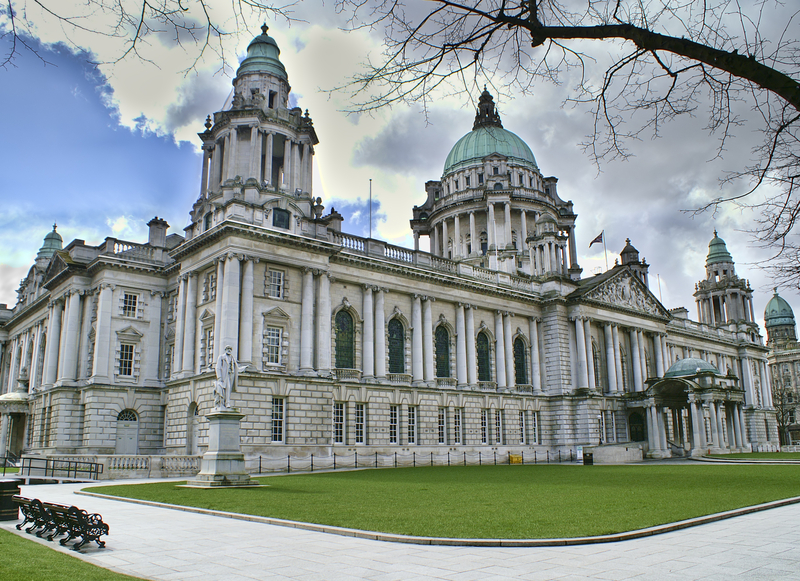Bangor, Northern Ireland, lies along the Belfast Lough where it feeds into the Irish Sea. The town is within the Belfast Metropolitan area, and sits only a few minutes away from the city itself. Through much of its modern history Bangor has been a favored resort town, and tourism still plays a large role in its economy.
The climate around Bangor is mild, with average low temperatures above freezing throughout the winter. Although it is situated by the sea, Bangor’s location on the sheltered east coast of Northern Ireland means that it gets only moderate amounts of rainfall. The sea air and moderate weather were key factors in making Bangor a resort destination in the Victorian Era.
Bangor’s early claim to fame arrived ca 555, when Saint Comgall established a monastery there. The abbey was destroyed by the Danes in the early 800s, but rebuilt 300 years later.
Because of its northerly location, Bangor did not see the same level of air attacks as did some of the United Kingdom’s southern ports during the Second World War. The city did play a role during the conflict though, and some of the troops who took part in the D-Day landings departed from Bangor. The Bangor marina’s North Pier was renamed Eisenhower Pier to commemorate this event.
During the violent political troubles that plagued Northern Ireland in the late twentieth century, there were several bombings in the 1970s and 90s. Peace returned after the signing of the Good Friday Agreement in 1998.
There are many things to see and do in Bangor. The marina is the largest in Ireland and hosts many sailing events. Bangor Castle, a mansion built in the 1850s, now serves as the meeting place for the North Down Borough Council. The current abbey in Bangor sits on the site of the original monastery, and many of the buildings are hundreds of years old.
Visitors to Bangor don’t have to look far for accommodations. There are several hotels in and near the town, as well as a number of bed and breakfast establishments. The night life can be enjoyed at several pubs and nightclubs.






